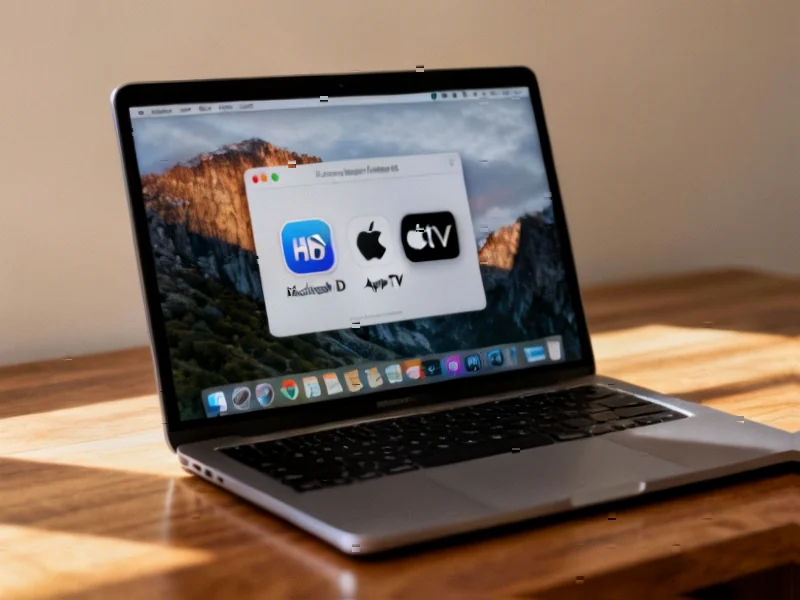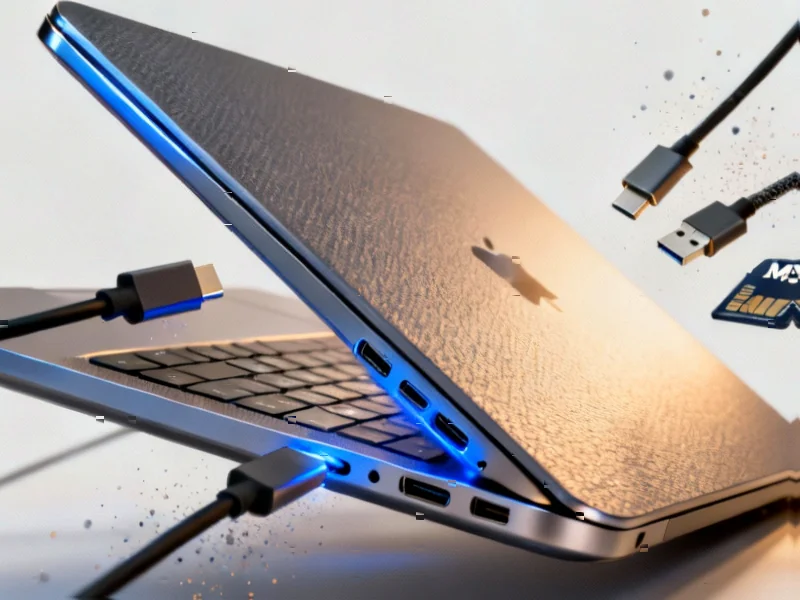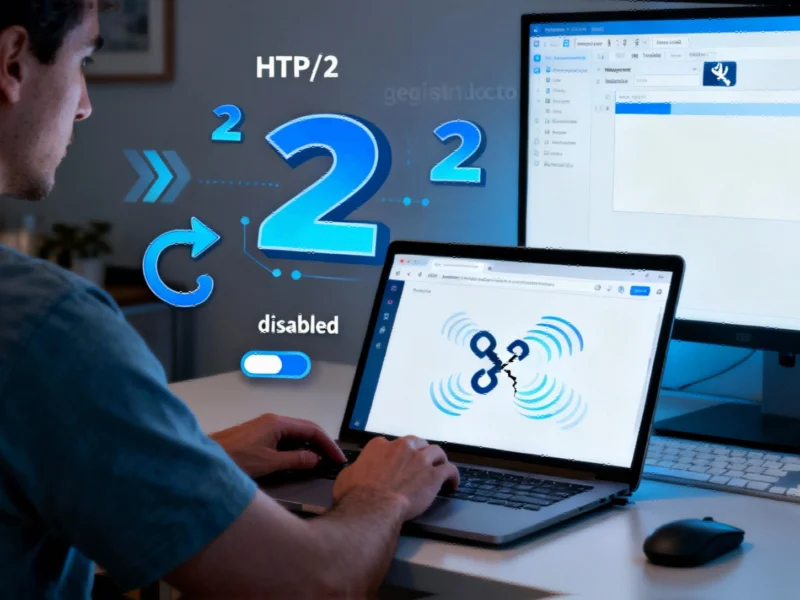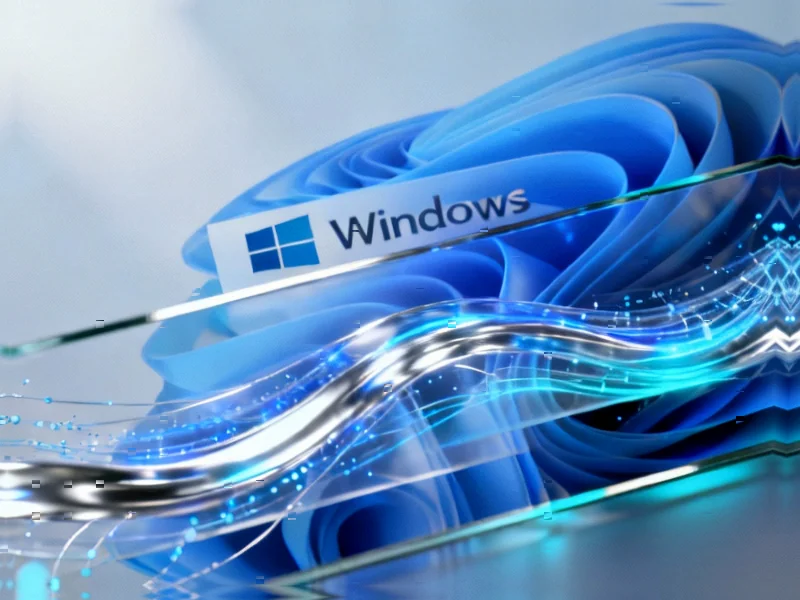According to 9to5Mac, Apple is rolling out the release candidate version of macOS 26.1 for developers alongside a public beta ahead of the upcoming public launch. The update includes significant under-the-hood changes to prepare for MCP support and expands third-party AI services beyond ChatGPT in Image Playground, though these features haven’t been officially announced. Apple also added a toggle allowing users to choose between the current Liquid Glass design and a new muted “Tinted” version that increases contrast, while reintroducing a revised Macintosh HD icon following criticism of the previous overhaul. The update further includes the new Apple TV icon and references to a second-generation Apple Pro Display XDR. This release candidate represents the final testing phase before public availability.
Table of Contents
The Strategic Importance of MCP Support
The inclusion of MCP (Model Context Protocol) support represents Apple’s most significant infrastructure play in the artificial intelligence space since launching their own frameworks. MCP essentially creates a standardized way for AI applications to communicate with data sources and tools, which could fundamentally change how AI integrates with the macOS ecosystem. This isn’t just about making existing AI features work better—it’s about creating an extensible platform where third-party developers can build AI-powered applications that seamlessly access user data while maintaining Apple’s privacy standards. The timing suggests Apple is preparing for a wave of AI-native applications that will leverage this infrastructure.
Beyond ChatGPT: Apple’s Multi-Vendor AI Strategy
Apple’s expansion beyond ChatGPT integration signals a deliberate move toward a multi-vendor AI strategy rather than locking users into a single provider. This approach mirrors how Apple handles web browsers or search engines—offering default options while allowing alternatives. The critical challenge here will be maintaining consistent user experience across different AI services, each with their own capabilities, limitations, and response patterns. For enterprise users, this could mean the ability to integrate proprietary AI models while maintaining the familiar macOS interface. However, this fragmentation also raises questions about how Apple will ensure quality control and prevent confusing user experiences when switching between AI providers.
The Evolving macOS Design Language
The introduction of a “Tinted” option for Liquid Glass represents more than just a visual preference—it reflects Apple’s growing recognition of diverse user needs in professional environments. High-contrast interfaces have long been essential for design professionals, video editors, and users with visual impairments, yet Apple has historically been reluctant to offer such customization. The revised Macintosh HD icon following user feedback demonstrates that Apple Inc. is becoming more responsive to community input regarding design changes, a notable shift from their traditionally top-down approach to interface design. This could signal a more user-driven design philosophy moving forward.
What Release Candidate Status Really Means
Reaching the Software release life cycle release candidate stage indicates that Apple’s engineering team believes this version is stable enough for general use, with only critical bug fixes expected before public release. Historically, macOS release candidates have shipped to the public with minimal changes, suggesting we’re likely 1-2 weeks away from general availability. The simultaneous availability of both developer RC and public beta is unusual and suggests Apple wants broader testing of these AI-focused features specifically. This accelerated timeline positions Apple to have these AI enhancements widely deployed before their typical fall hardware announcements, potentially setting the stage for AI-focused Mac introductions later this year.
Positioning Against Windows AI Integration
These developments come at a crucial moment in the platform AI wars, with Microsoft aggressively integrating Copilot throughout Windows and Google deepening AI integration into ChromeOS and Android. Apple’s approach appears more infrastructure-focused—building the plumbing for AI rather than just slapping an AI chatbot on the desktop. The MCP support suggests Apple is betting that the real value will come from AI applications that deeply integrate with the operating system rather than standalone AI tools. However, Apple risks appearing behind in the AI feature race if they don’t match the visibility of Microsoft’s Copilot+ PC initiatives, even if their underlying technology is more sophisticated.



